US F-22s strike Taliban drug labs as new Afghanistan campaign begins
Afghan National Defense and Security Forces and U.S. Forces-Afghanistan launch Operation Jagged Knife
U.S. Air Force F-22 stealth fighters were used in Afghanistan for the first time on Sunday, November 19 as the new U.S.-led Operation Jagged Knife targeting Taliban funding was launched.
Afghan National Defense and Security Forces and U.S. Forces-Afghanistan conducted a series of attacks on Taliban revenue streams. U.S. forces struck seven Taliban locations where poppy is processed into illegal opiate drugs such as heroin and one command-and-control node in northern Helmand province, a press release from NATO’s Resolute Support mission in Afghanistan said.
USFOR-A began developing targets immediately after the Trump administration announced an Afghanistan policy change in the summer granting new authorities, including allowing U.S. forces to actively pursue terrorists and attack them offensively in collaboration with Afghan forces.
Operation Jagged Knife targets Taliban funding
“Last night, we conducted strikes into Northern Helmand to hit the Taliban where it hurts: their financing,” U.S. Forces-Afghanistan commander U.S. Army General John Nicholson said on Monday. “Increasingly, the Taliban have become a criminal organization. They fight, so they can keep profiting from their criminal activities: narco-trafficking, illegal mining, kidnapping and murder for hire.”
"Last night, we conducted strikes into Northern Helmand to hit the Taliban where it hurts: their narcotics financing." -Gen. Nicholson, USFOR-A #AFGStrong https://t.co/RLjDdSYTlI @CENTCOM @USAFCENT @DeptofDefense @TOLOnews @pajhwok @HM_Kakar @1TVNewsAF @ArianaNews_ @KhalilNoori pic.twitter.com/152rTR236z
— USForces Afghanistan (@USFOR_A) November 20, 2017
Nicholson said the U.S. agencies estimate that the Taliban makes around $200 million per year from opium production, and that strikes are focused on the drug production facilities. He said the U.S Drug Enforcement Agency estimates there are up to 500 such facilities in the country, and that a total of 10 facilities were stuck in the first 24 hours of the operation.
“These strikes are going on over a period of several days,” Nicholson said, declining to say how many facilities the U.S. intends to strike.
“We are not going after the farmers that are growing the poppy,” Nicholson said, explaining that the Taliban often forces farmers to grow the crop.
Afghan Air Force conducts first strike in campaign
“The first aerial strike of this campaign was conducted by the Afghan Air Force,” Lieutenant General Mohammad Sharif Yaftali, Chief of General Staff of the ANDSF said. “These strikes are removing the Taliban’s ability to fund their insurgent operations that kill innocent Afghan civilians.”
Two facilities were struck by Afghan Air Force A-29 Super Tucano light attack aircraft as part of the operation.
“It is time for the Taliban to lay down their arms and reconcile,” Yaftali said. “If they do not come to the table seeking peace, the ANDSF will capture or kill them.”
F-22 used to “mitigate civilian casualties and inadvertent damage”

The F-22 Raptors were used “principally because of their ability to mitigate civilian casualties and inadvertent damage by employing small diameter bombs during U.S. airstrikes,” the release said, adding that B-52 bombers, drones, and U.S. Marine Corps High-Mobility Rocket Systems (HIMARS) were also pivotal. CNN reported that F-16s from Bagram Air Base in Afghanistan also took part in the operation.
In one strike, B-52s dropped 2,000 pound bombs to destroy a drug production facility and 50 barrels of opium.
Nicholson declined to say how many aircraft were involved in the operation.
The F-22s launched from Al Dhafra Air Base in the United Arab Emirates. The highly advanced stealth fighter has capabilities well beyond what was needed to destroy the Taliban targets, prompting questions over the platform’s use.
Nicholson: We used F22 Raptor aircrafts that could carry 250p bombs and hits direct targets and get rid of collateral damages. pic.twitter.com/uHoJ5yP4Ab
— GMIC Afghanistan (@GMICafghanistan) November 20, 2017
Nicholson said “decisions to ensure minimal collateral damage are made literally at the last minute” and the the F-22 was selected based on availability and its ability to carry the small diameter bomb. “This aircraft was used because of its ability to deliver precision munitions.”
“We’re looking for a mixture of ordnance in the air over the targets … to have a variety of airframes available with different kinds of munitions,” he said. “It wasn’t because of some of the other capabilities of that aircraft.”
The GBU-39 Small Diameter Bomb 250 lb is a precision-guided glide bomb intended to allow aircraft to carry a higher number of more accurate bombs. Most U.S. Air Force aircraft will be able to carry a pack of four SDBs in place of a single 2,000 lb bomb.
The GBU-53/B Small Diameter Bomb II can only be carried by the F-15E and F-22. The F-35 will be able to carry the weapon after a 2022 software upgrade.
It is unknown which specific glide bomb was used by the F-22s.
In a statement, U.S. Air Forces Central Command reiterated the Resolute Support statement, saying the F-22 was used “for a variety of reasons, but primarily to mitigate collateral damage and civilian casualties by employing small diameter bombs carried by the aircraft,” Defense News reported..
An unnamed U.S. defense official told CNN that U.S. aircraft have launched further strikes against Taliban facilities in addition to the 10 announced Monday.
6 more A-29 Super Tucano aircraft ordered for USAF Afghanistan program

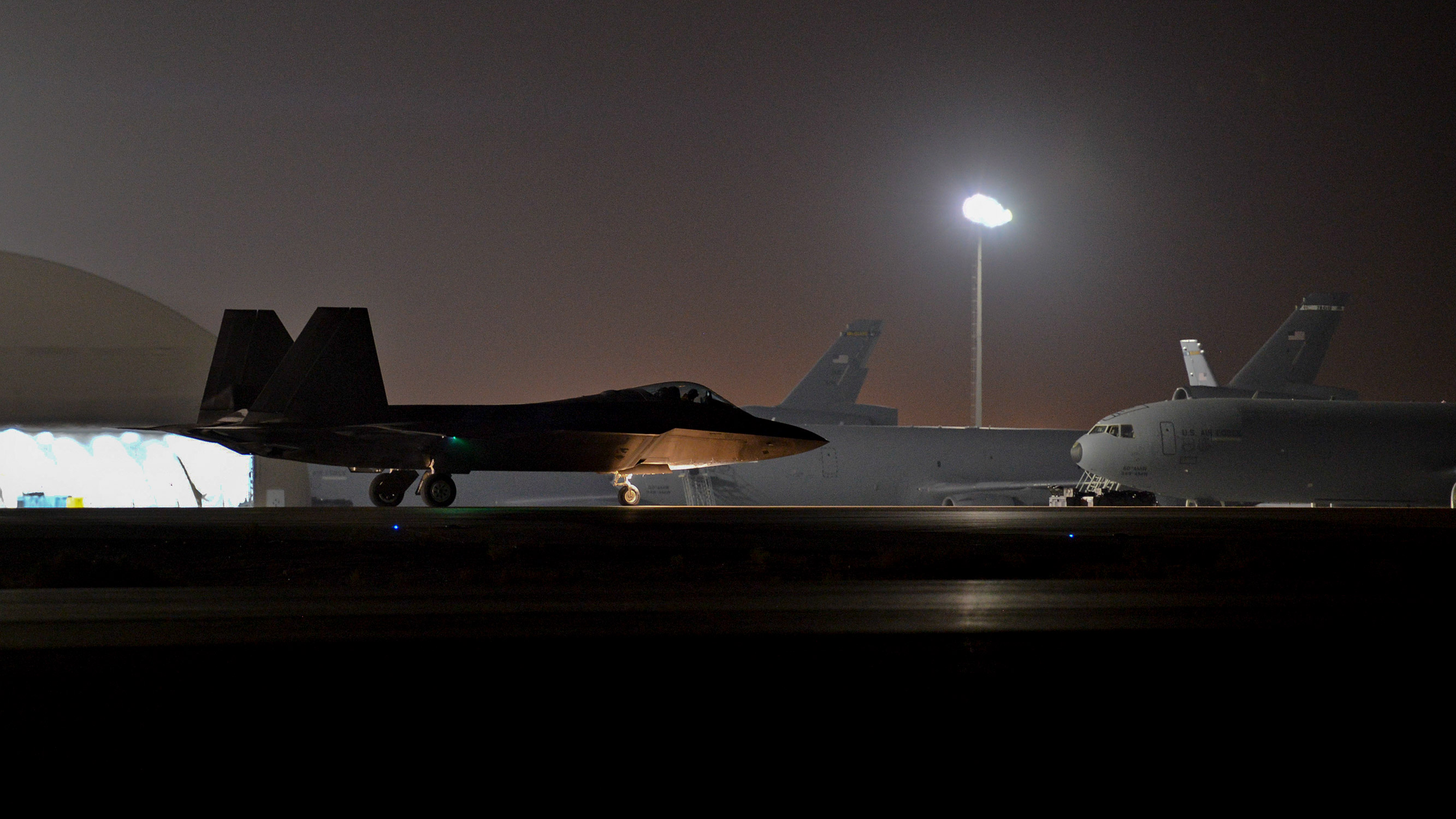
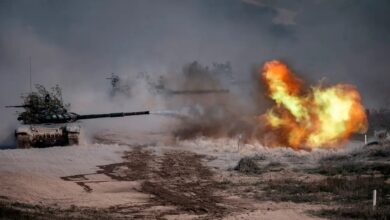
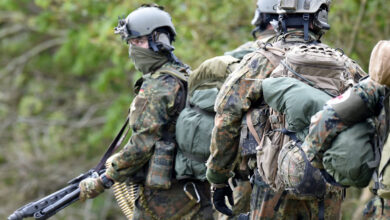
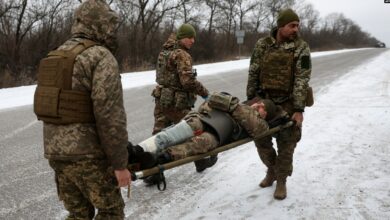
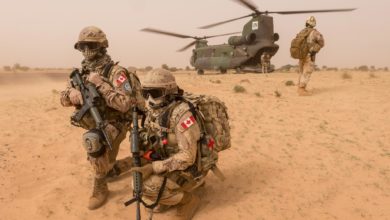
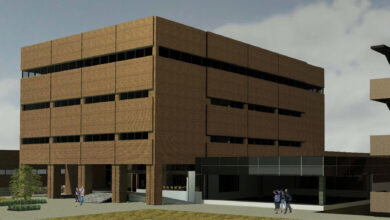


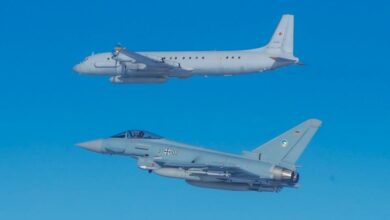
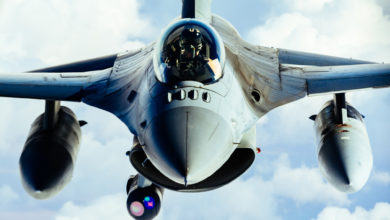
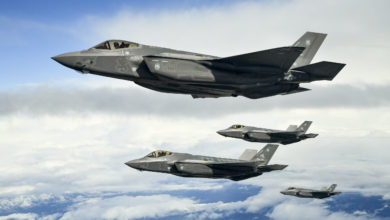
8 Comments